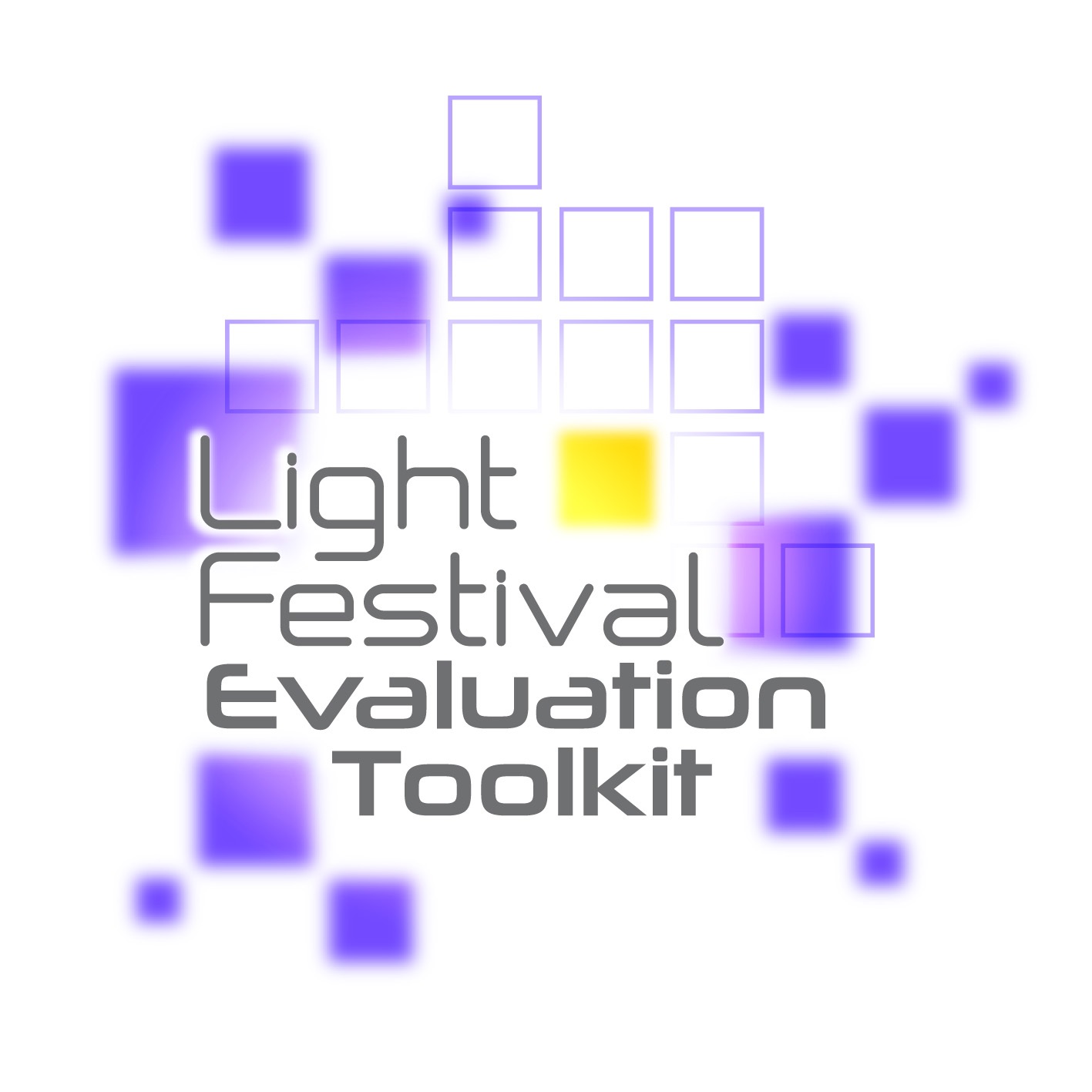Summary of Surveying Techniques
The following data collection techniques can be used to sample an event population. There are advantages and disadvantages to each which will need to be considered when developing/commissioning the research.
Administered surveys at the event
- accurate data, good completion levels
- costly and time intensive, often only narrow windows of opportunity, low(ish) sample sizes
Self completion survey at event
- larger sample
- maximise window of opportunity – best use of fieldworkers
- less accurate data – trade off between sample size and data quality
Postal survey
- to event attendees post-event – beware if sales data shows lots bought by one person
- need to collect addresses from non-ticketed events
- can be costly dependent on sample size
Hybrid survey
- Distribute survey packs to those attending free events in the hope of them responding (free pen and SAE)Reach wide audience but no guarantees of success (sell them on an idea, incentivise)
- Bias as only certain types respond (though true of all surveys)
Online
- distribute URL cards at event
- collect emails at event
Resident survey
- There may be instances where data is required from residents. In such cases access to local omnibus surveys such as Citizens Panels where simple, event specific questions can be included, is one option.
Go to:
Summary of Surveying Techniques
Further detail on what to include to the visitor survey can be found in the intermediate economic impacts section.



